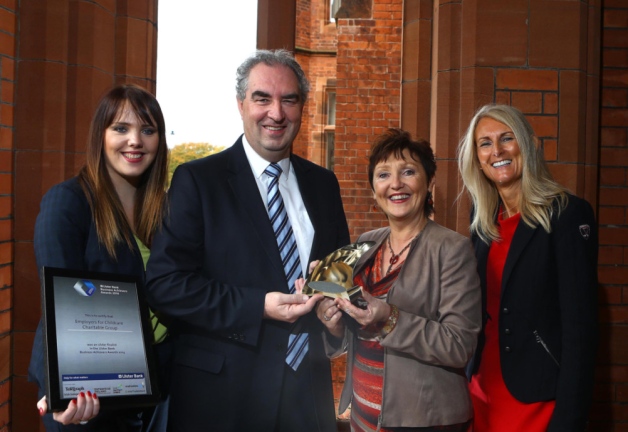Home
About Us
Page 2
In context, major animal species include horses, dogs, cats, cattle, swine, turkeys, and chickens. While all the other animals, with the exception of humans, are classified as minor animal species.
|
|
A drug's minor use implies that utilization of a new drug in major species that only occurs infrequently, in only a small population of animals or only in limited areas.
The Minor Use Minor Species Development of Drugs: Research Project Grant supports the aforementioned cause and wills to fund the development of these brand new drugs by way of administering funds in the amount of $750,000.
The institutions and organizations that will be deemed eligible to take part in this program are the following:
a) Higher Education Institutions such as Public/State Controlled Institutions of Higher Education and Private Institutions of Higher Education
b) Hispanic-serving Institutions, Historically Black Colleges and Universities (HBCUs), Tribally Controlled Colleges and Universities (TCCUs), Alaska Native and Native Hawaiian Serving Institutions
c) Nonprofit organizations other than institutions of higher education
d) For-Profit Organizations such as Small Businesses
e) State Governments, County Governments, City or Township Governments, Special District Governments, Indian/Native American Tribal Governments (Federally Recognized), and Indian/Native American Tribal Governments (Other than Federally Recognized)
f) Independent School Districts, Public Housing Authorities/Indian Housing Authorities, Native American Tribal Organizations (other than Federally recognized tribal governments), Faith-based or Community-based Organizations, and Regional Organizations.
Minor Use Minor Species Development of Drugs: Research Project Grant
Back to Page 1
About The Author The TopGovernmentGrants Editorial Staff maintains one the most comprehensive Websites offering information on government grants and federal government programs. The staff also provides resources to other Websites with information on philanthropy giving and community grants. |
Additional Resources
category - Health Grants
Rural Health Research Center Program
Small Business Innovation Research Phase IIB Bridge Awards
Health Resources and Services Administration: HIV Care Grant Program, Part B
Identifying Heart, Lung, and Blood Disease-Causing Variants
Follow @topgovtgrant
Social Entrepreneurship
Spotlight
Childcare Charitable Group Named Top Social Enterprise

Employers For Childcare Charitable Group (EFCG), a Lisburn-based charity, has been crowned top Social Enterprise at the Ulster Final of 2014’s Ulster Bank Business Achievers Awards. EFCG seeks to “make it easier for parents with dependent children to get into work and to stay in work.”
